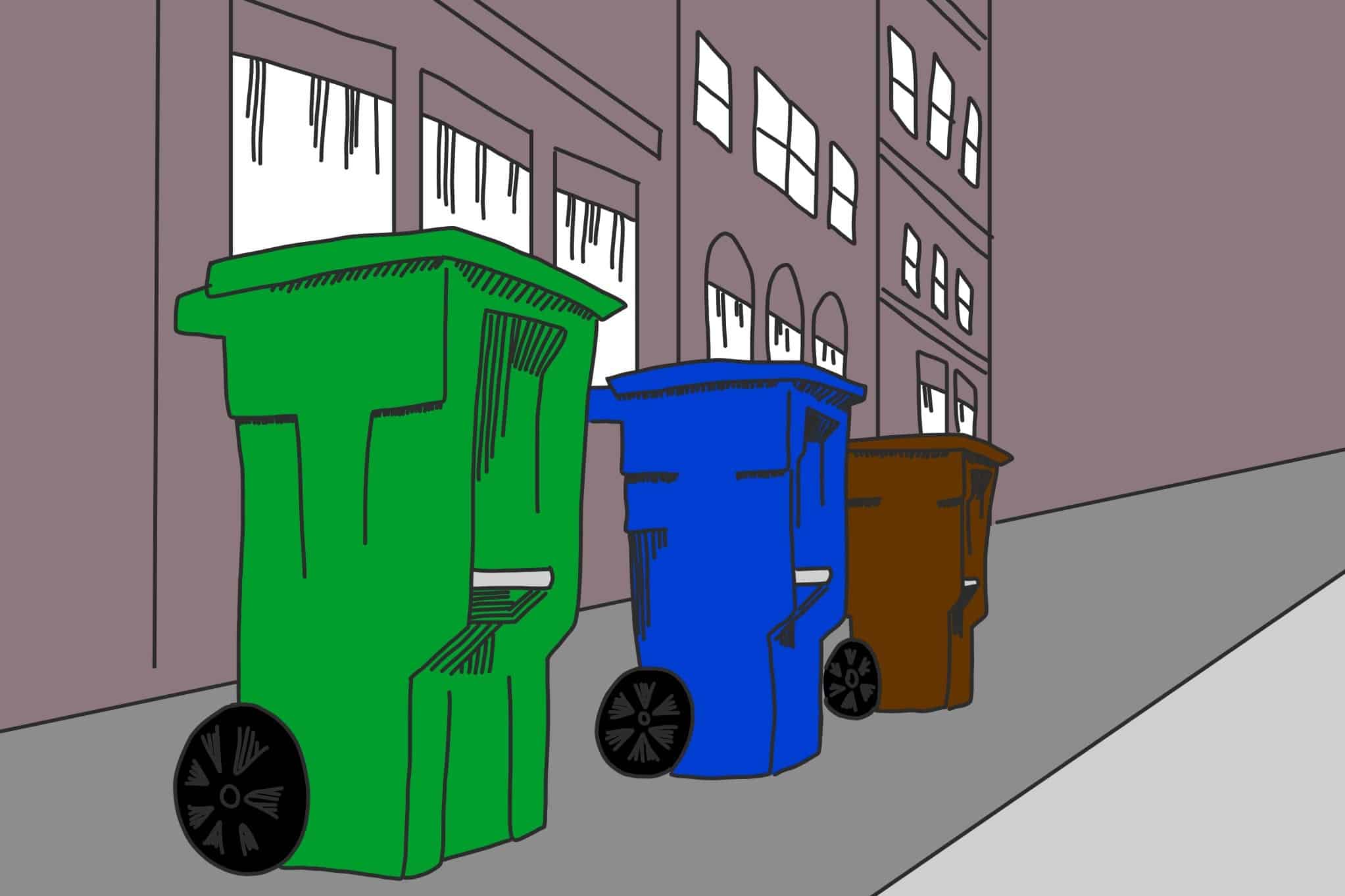A study from Ryerson University in May found that out of 23 brands of wipes that were marketed as “flushable,” 21 were, in fact, not safe to flush and did not disintegrate.
This is an example of greenwashing. Greenwashing refers to the practice of falsely marketing products or services as environmentally friendly.
In 2014, a survey found 86 per cent of Canadian adults bought ‘green’ products and services, and that environmental claims would often drive a consumer’s decision to purchase a product or not.
“There is a significant amount of corporate greenwashing in the marketplace, and consumers face a significant challenge discerning genuine environmental programs from corporate spin,” wrote Professor Josée Johnston, a researcher at UTM who studies consumer culture and environmental sociology, in an email to The Varsity.
Greenwashing is commonly used in the marketing of cleaning products, health and beauty products, home appliances, paper products, and more.
One common example of greenwashing is “compostable” take-out containers. In Toronto, for example, even products that are considered compostable elsewhere often end up in landfills.
“In Toronto these items cannot be composted because we do not have the facility to compost them,” wrote Chelsea Rochman, a professor in the Department of Ecology & Evolutionary Biology. “If they are just using city waste management — they go to landfills and will contaminate a green or blue bin.”
Who is buying ‘green’ products?
The 2014 survey also found that a large number of millenials in Canada look to buy environmentally-friendly products.
“A significant segment of Canadian and American consumers are concerned about environmental issues, and channel those concerns through their buying decisions,” wrote Johnston. “Young consumers are often particularly concerned about the environment, and may choose environmentally-conscious products, especially if they are also products that they carry a cache of being authentic, cool, or delicious (in the case of food products).”
How is greenwashing curbed?
In 2008, the Competition Bureau of Canada — an independent law enforcement agency — published guidelines for environmental claims in advertisements. The guide requires advertisers to avoid vague or misleading language, to include verifiable and specific information, and to provide relevant context in their claims. Greenwashing, according to the Bureau, is illegal.
For example, claiming a product is ‘all-natural’ is vague, especially since the concept of what is and what isn’t natural is up to the company. In Canada, such claims are not regulated by Health Canada.
A 2015 study found that even products that “evoke nature” by using blue or green colors in advertisements or by incorporating bird sounds into commercials can mislead consumers. This is what’s known as “executional greenwashing.”
The Bureau issued an alert in 2017 warning businesses about making vague or misleading environmental claims, citing the growing “momentum” of the “green wave.”
“Research has shown that companies with good and bad environmental track records will often employ very similar green marketing and public relations efforts,” wrote Johnston. “This suggests that green policy decisions can’t be left to consumers and voluntary corporate efforts, but need to be regulated by environmental state actions.”
How can consumers educate themselves?
According to Johnston, resources like The Better World Shopping Guide could help consumers make more informed choices when making purchases. Johnston also suggested that consumers check whether a company is a Certified B Corporation.
For companies, becoming a Certified B Corporation is a rigorous process. At present, there are 255 Certified B Corporations in Canada. Launched in 2009, the certification evaluates companies based on their treatment of employees, the community, and the environment
Take the example of takeout containers: Rochman suggests consumers check with establishments whether their compostable products are taken to a composter.
However, aside from reporting greenwashed products to the Competition Bureau, consumers can’t regulate what’s on the market.
“Consumers who want to make a difference should lobby their elected officials to protect the environment through laws and regulations,” wrote Johnston. “No system is perfect, but the marketplace (without state intervention) is not the perfect place to try and create sustainable, socially-just ecosystems.”
This story is part of Covering Climate Now, a global collaboration of more than 300 news outlets to strengthen coverage of the climate story.
Editor’s Note (September 23, 2:11 pm): A previous version of this article incorrectly referred to “Certified B Corporation” as “Plan B Corporation.”


